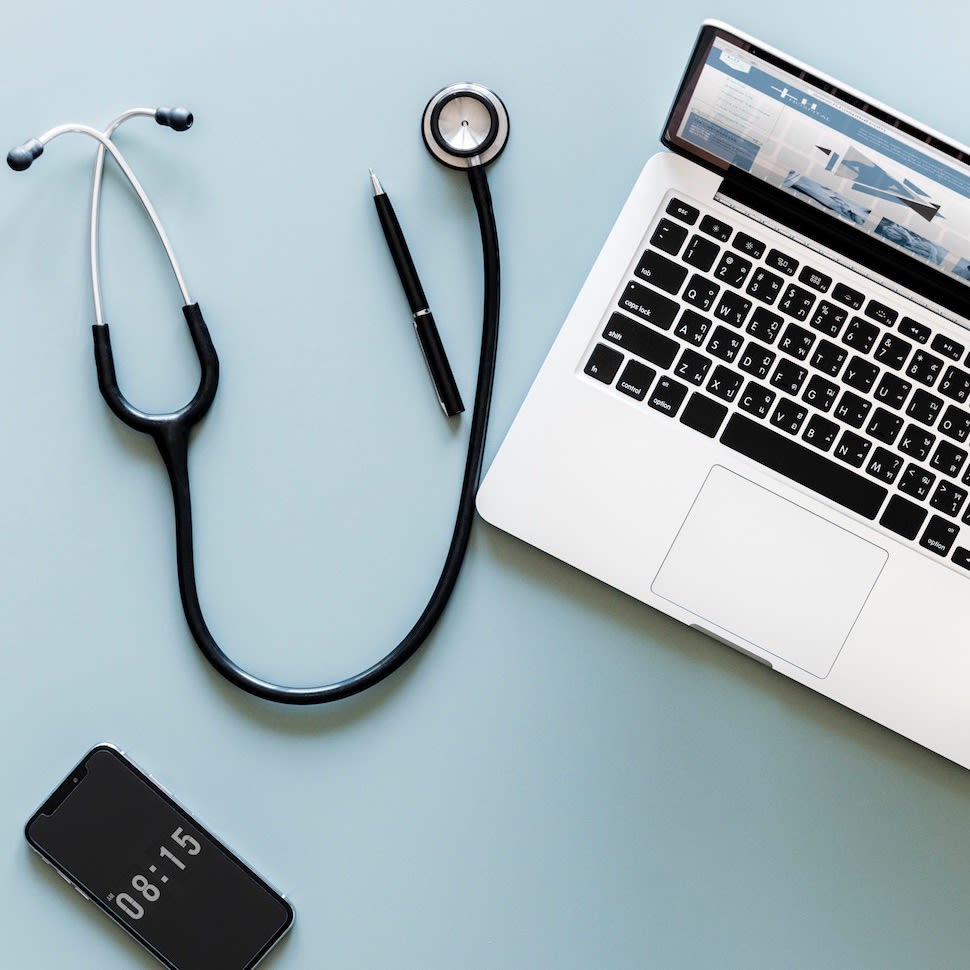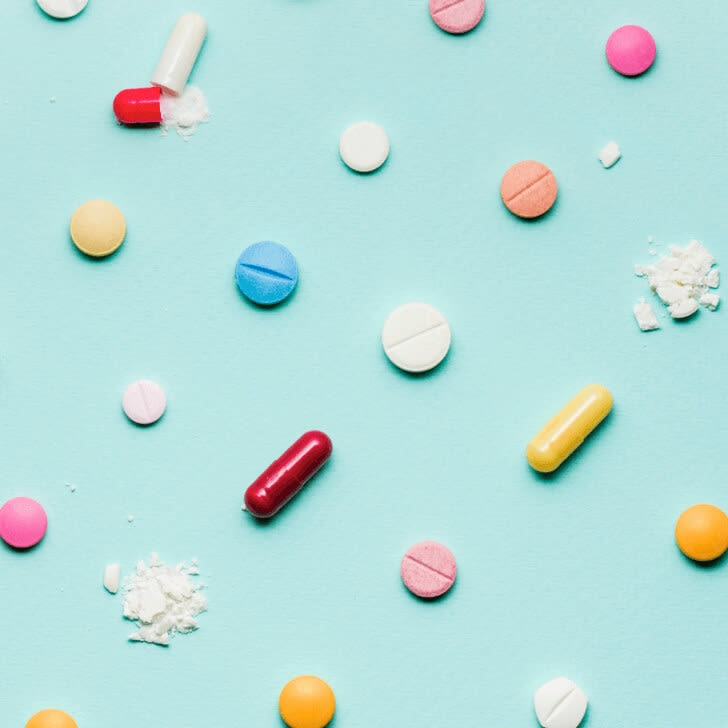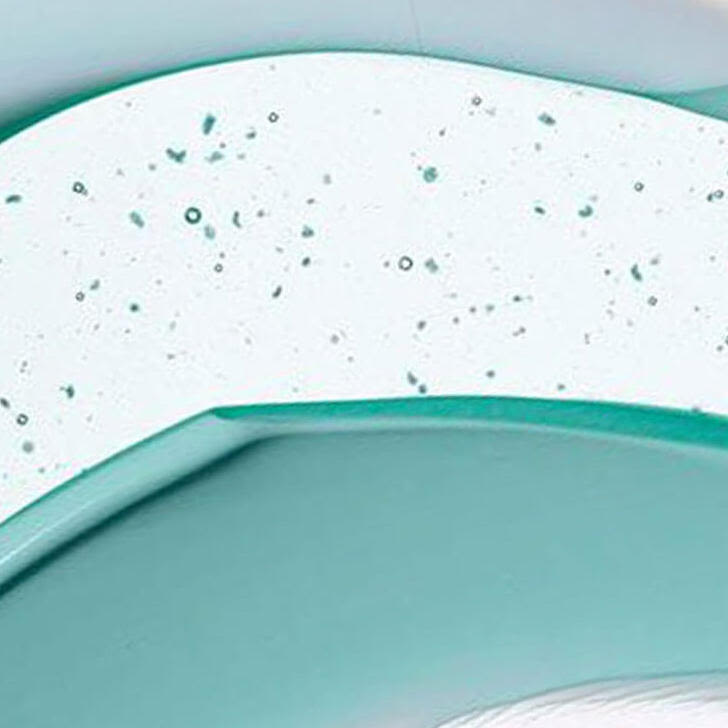Your opthamologist might have encouraged you to get blue light glasses, but should you talk to your dermatologist about blue light’s effect on the skin? Blue light therapy has been gaining traction as well as a treatment for acne. So is blue light helpful or harmful? Read more as we break down blue light’s effects on your skin.
What is blue light?
Visible light comes in different color wavelengths. states, “Blue wavelengths—which are beneficial during daylight hours because they boost attention, reaction times, and mood—seem to be the most disruptive at night.” Blue light is emitted from our computers and phones, fluorescent light blubs, and LED light, though the of blue light.
Should we be worried about blue light?
Our dermatologist, Dr. Kyle states, "Studies have shown some degree of concern for blue light emissions on the effect of our skin, we think that it may be contributing at least slightly to collagen breakdown causing aging of the skin as well as unwanted pigmentation. Until we have all the data confirmed, I would suggest getting a sunblock with zinc oxide or titanium dioxide, even considering a tinted formulation. Which we think the iron oxide can provide an added layer of protection against all the visible light that our skin is continually contacting day to day."
It seems as though the verdict is still out about understanding the lasting effects of blue light on our skin, for now the main takeaway is protect your skin just like you would from the sun - sunscreen, sunscreen, sunscreen!
Can blue light treat acne?
Another form of blue light in the news is using light therapy for acne. The skincare market has a range of hand-held light therapy devices to help control acne ranging in prices from $30 to thousands. These devices use light therapy by emitting either blue light and/or red light onto your skin. Blue light’s wavelength has an , effective at eliminating different types of bacteria and targets the underneath the skin’s layer - helping treat deep pimples like cysts.
Does light therapy actually work?
There are out that show effectiveness on mild to moderate facial acne, however many of the studies are self-reported and in conjunction with other treatments. The states that more research needs to be done to understand the effects of blue light therapy with acne, since published studies have small sample sizes. Light therapy for acne done in person at a doctor’s office is stronger and more effective but also a more expensive option than the at-home devices. At-home devices are seldom not proven and have little to no research to back up their claims, because of their weaker strength would probably only be beneficial to those that suffer from mild acne.
Overall, the jury is still out if blue light from our digital screens harms our skin as well as if at-home devices using blue light therapy can actually treat your acne. Before spending your hard earned money on the latest fad, we suggest holding out for more research or discussing with a dermatologist before trying. In the meantime, don’t forget to use sunscreen!
Have you tried blue light therapy for acne before? Are there other fads you want to learn about? Let us know! Tweet us @hi_apostrophe or send an email to [email protected]!




